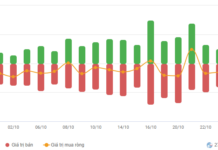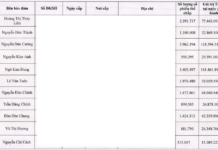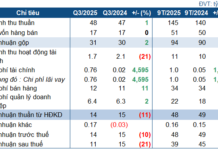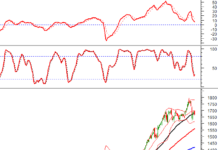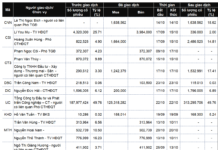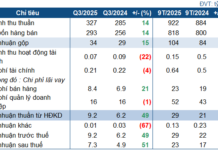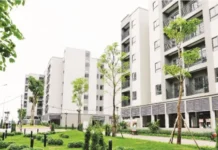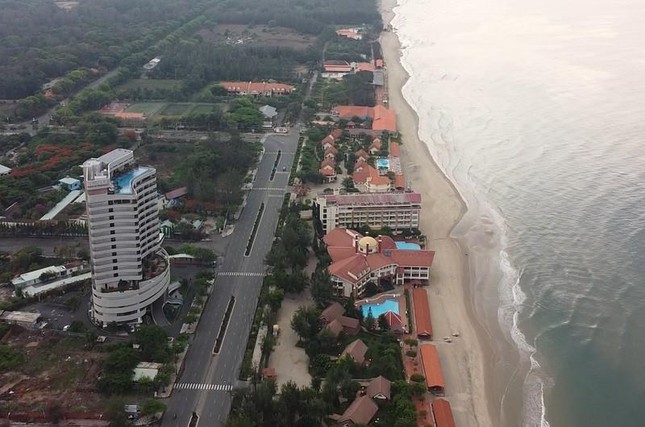Supply and Apartment Transactions on the Rise
According to the Vietnam Real Estate Market Report Q3/2025 by BHS Group’s Research and Development Department (BHS R&D), the total primary supply of high-rise residential units reached over 37,600 apartments, with the majority coming from Hanoi (32%) and Ho Chi Minh City (28%). Specifically, in Hanoi and HCMC, the total supply in Q3/2025 reached nearly 22,800 units.
BHS R&D reported that the cumulative supply for the first nine months nationwide reached 74,600 units. In Q3/2025 alone, 26 new projects were launched, adding nearly 13,900 units to the market. Transaction volume in Q3/2025 exceeded 28,800 units.
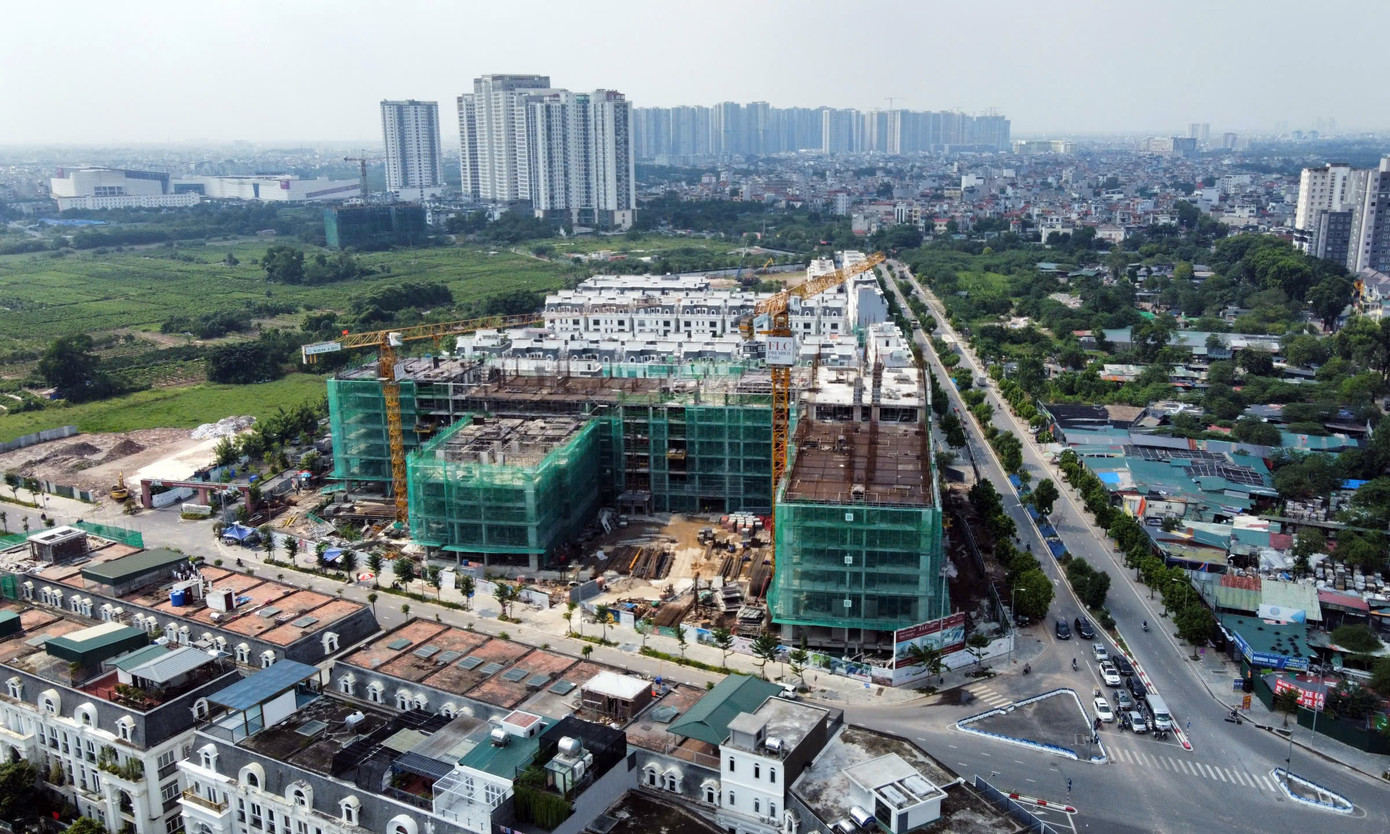
Both supply and apartment transactions in Hanoi increased compared to previous quarters and the same period last year.
In Hanoi, despite the traditional Ghost Month (July in the lunar calendar), the high-rise residential market in Q3/2025 showed positive signs, with both supply and transactions increasing compared to earlier quarters and the same period last year.
Primary supply in the quarter reached over 12,100 units, up 24.5% from the previous quarter and 51% year-on-year. Transactions also performed well, reaching nearly 9,200 units, more than doubling from the previous quarter and up 35% year-on-year.
High-end apartments (priced between 65-100 million VND/m²) and luxury units (over 100 million VND/m²) dominated the market, accounting for over 88% of the total supply in the quarter. Consequently, most transactions were in these two segments.
Overall, for the first nine months of 2025, both supply and transactions are on par with the same period last year, at over 28,000 and 17,000 units, respectively.
BHS R&D noted that Dong Anh District, Nghia Do Ward, and Gia Lam District had the highest primary supply in the quarter, while Dai Thanh Commune and Thanh Xuan Ward saw limited supply and transactions.
Market-wide, supply is concentrated in suburban areas due to limited land availability in the city center.
Notable projects with high transaction volumes include Imperia Signature Co Loa – The Cosmopolitan and Lumiere Prime Hills in Dong Anh, Sun Feliza Suites in Nghia Do, Masteri Lakeside in Gia Lam, and Galia Hanoi in Hoang Mai.
Which Areas Have Apartment Prices of Hundreds of Millions VND/m²?
Regarding prices, BHS R&D reported that the Hanoi high-rise residential market no longer has units priced below 60 million VND/m². Prices in some areas increased sharply by 7-12% compared to the end of last year due to the emergence of high-end projects and those nearing handover.
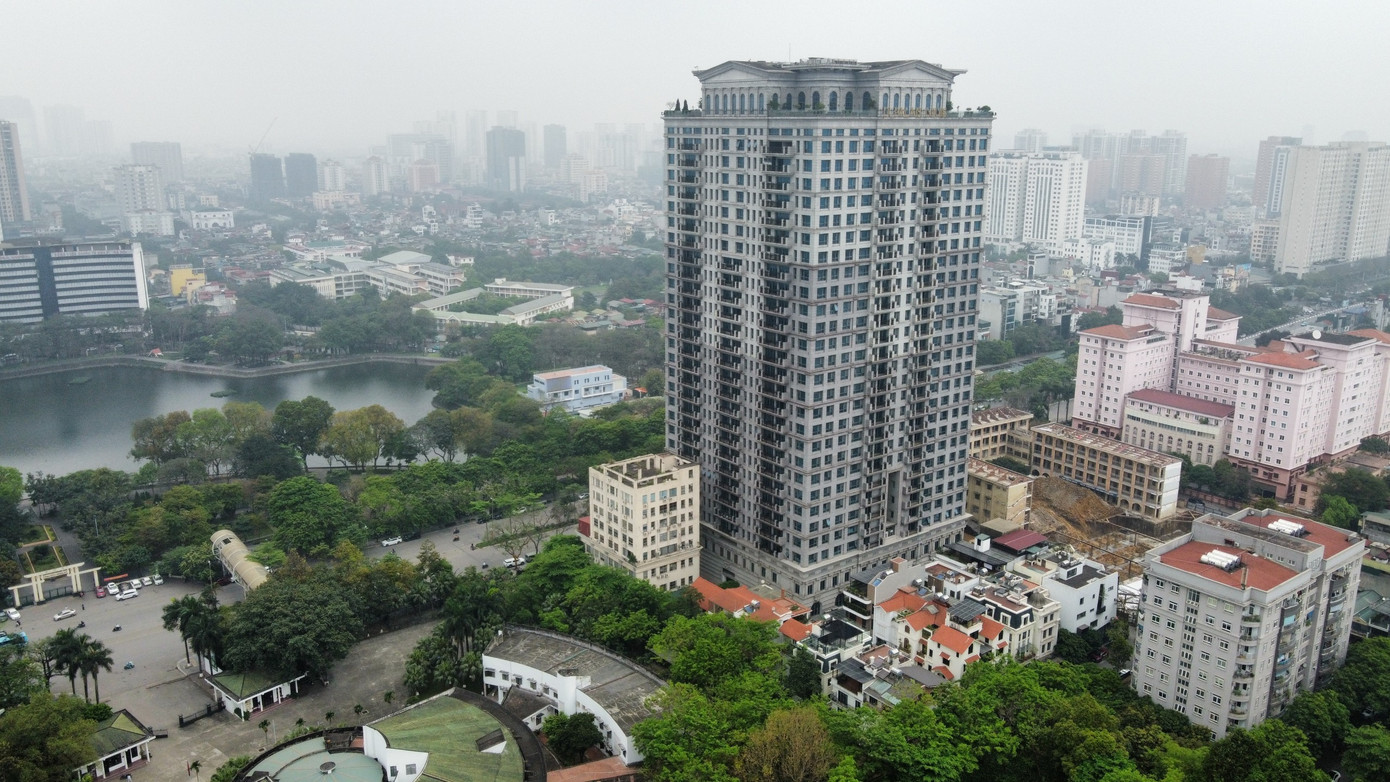
Nghia Do Ward has the highest primary apartment prices in the market (158-314 million VND/m²).
The most expensive area is Nghia Do Ward (158-314 million VND/m²), followed by Phu Thuong (145-247 million VND/m²), Tu Liem (92-239 million VND/m²), Giang Vo, Long Bien, and Dong Anh.
For low-rise housing in Hanoi, prices range widely from 120 to 500 million VND/m², except in Yen Binh, where prices are lower at 72-92 million VND/m².
The most expensive areas for low-rise housing are Dinh Cong Ward, Phu Thuong Ward, and O Dien Commune (west of Hanoi), with prices ranging from 400 to 500 million VND/m².
BHS forecasts that high-rise residential units will continue to lead the real estate market this year due to high housing demand. Areas near major cities are expected to attract more buyers due to larger land availability and more reasonable prices compared to city centers.
For this segment, prices are expected to remain stable or increase slightly by 1-2% due to already high levels, especially in major cities.
Unlock the Future of Real Estate: Ministry of Construction Promotes Online Property Transactions
The Ministry of Construction is seeking public input on a draft decree regarding the development and management of housing databases and the real estate market. Notably, the proposal encourages real estate transactions to be conducted through trading centers or electronic methods. This initiative is seen as a significant step toward enhancing transparency, improving oversight efficiency, and gradually establishing a digitized real estate market in Vietnam.
Is the Real Estate Price Control and Restraint Policy Sufficient?
The objective of this article is to analyze international experiences in designing and implementing macroprudential policies for the housing market, extracting viable and contextually relevant policy lessons applicable to Vietnam. By examining these insights, the aim is to enhance financial stability and ensure that real estate price fluctuations align with the fundamental economic factors driving the Vietnamese economy.
Vietnamese Real Estate Emerges as the New Hotspot for Overseas Vietnamese
U.S. home prices have plateaued, and investment returns are dwindling, while Vietnam’s real estate market is gaining traction with its investor-friendly regulations and high profit potential. A growing number of overseas Vietnamese are returning home, seeking opportunities to own property and make long-term investments.

